- Download:
- MP3 Audio59 MB
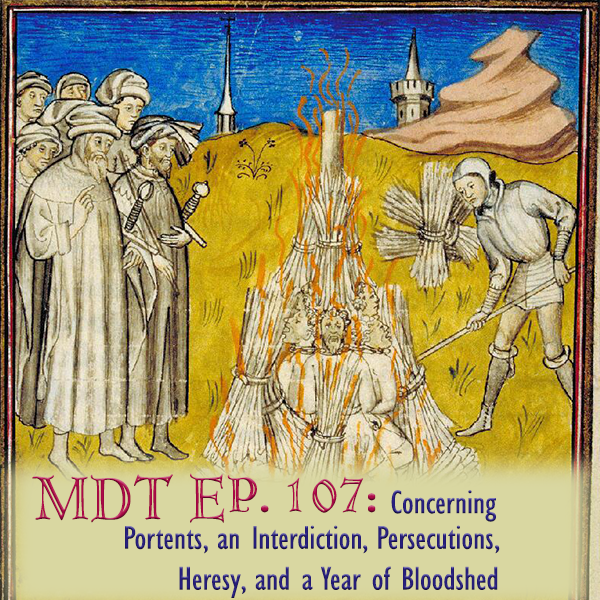
We return to the Melrose Chronicle with a notably nasty run of years from 1205 to 1211. We also consider why people — medieval and modern — are so captivated by bad news.
Today’s Texts:
The Chronicle of Melrose. Edited and translated by Joseph Stevenson, The Church Historians of England, vol. 4, part 1, Seeley’s, 1856, pp. 79-242. Google Books.
References:
- Baumeister, Roy F., Ellen Bratslavsky, Catrin Finkenauer, and Kathleen D. Vohs. “Bad is Stronger than Good.” Review of General Psychology, vol. 5, no. 4, Dec. 2001, pp. 323-370, doi.org/10.1037/1089-2680.5.4.323
- Robertson, Claire E., Nicolas Pröllochs, Karou Schwarzenegger, et al. “Negativity Drives Online News Consumption.” Nature Human Behavior, vol. 7, 16 March 2023, pp. 812–822, doi.org/10.1038/s41562-023-01538-4
- Rozin, Paul, and Edward B. Royzman. “Negativity Bias, Negativity Dominance, and Contagion.” Personality and Social Psychology Review, vol. 5, no. 4, 2001, pp. 296-320, doi.org/10.1207/S15327957PSPR0504_2
- Trussler, Marc, and Stuart Soroka. “Consumer Demand for Cynical and Negative News Frames.” The International Journal of Press/Politics, vol. 19, no. 3, 2013, pp. 360-379, doi.org/10.1177/1940161214524832
Image: Detail of Amauricians being burned at the stake in 1209 from Toulouse Bibliothèque Municipale MS 512, fol. 251 (15th cent.)
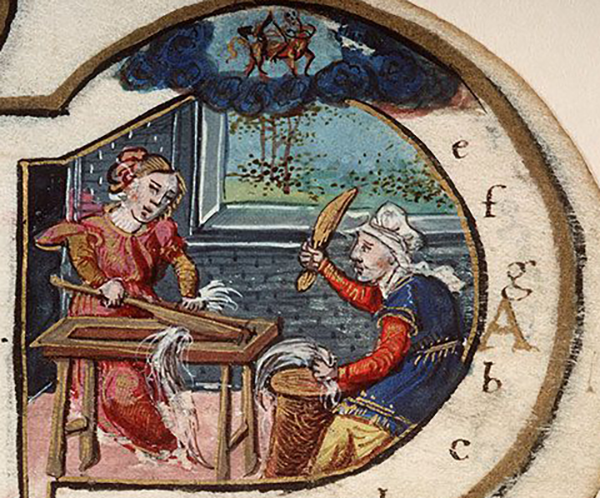
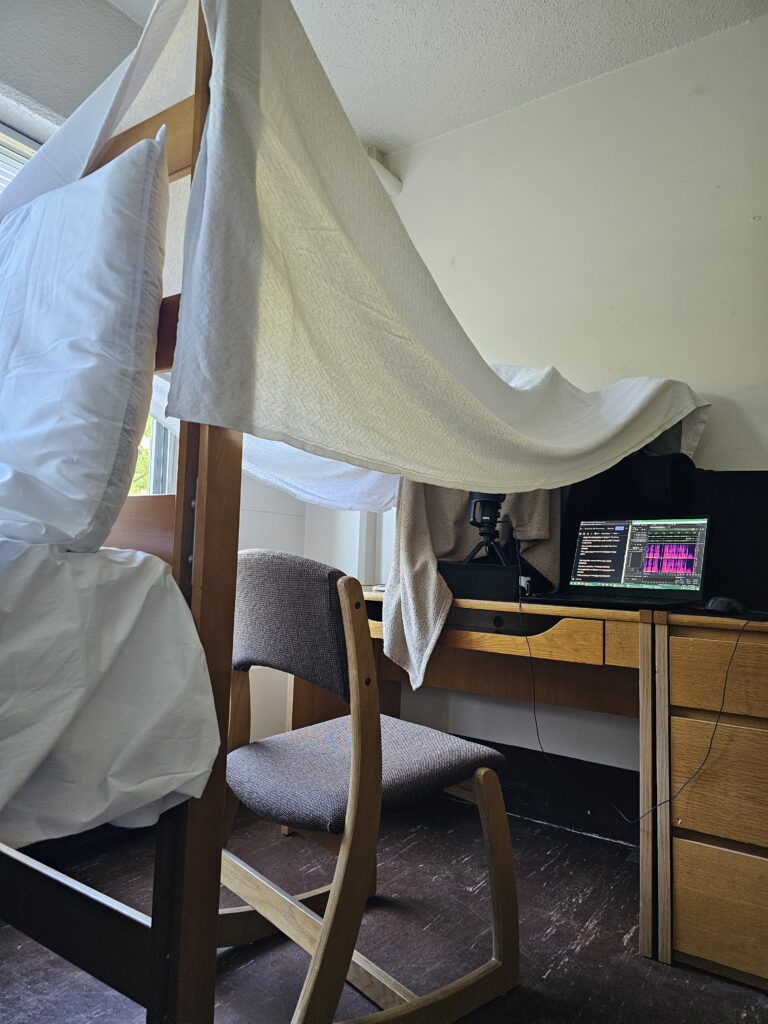

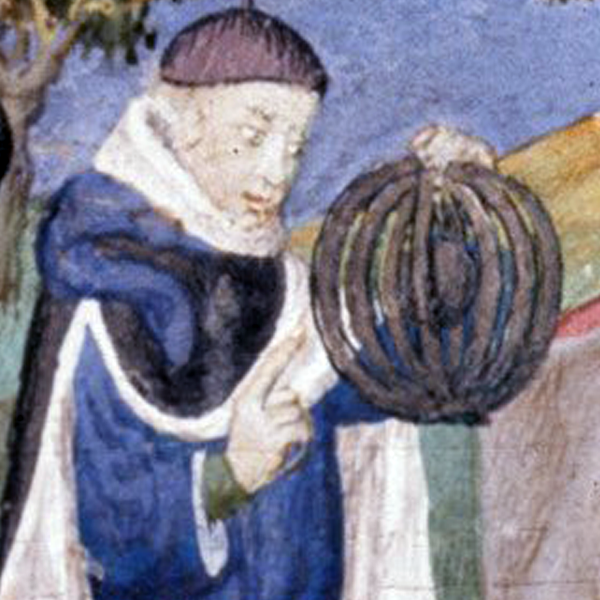
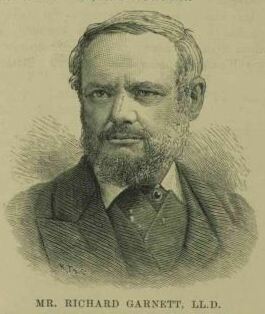
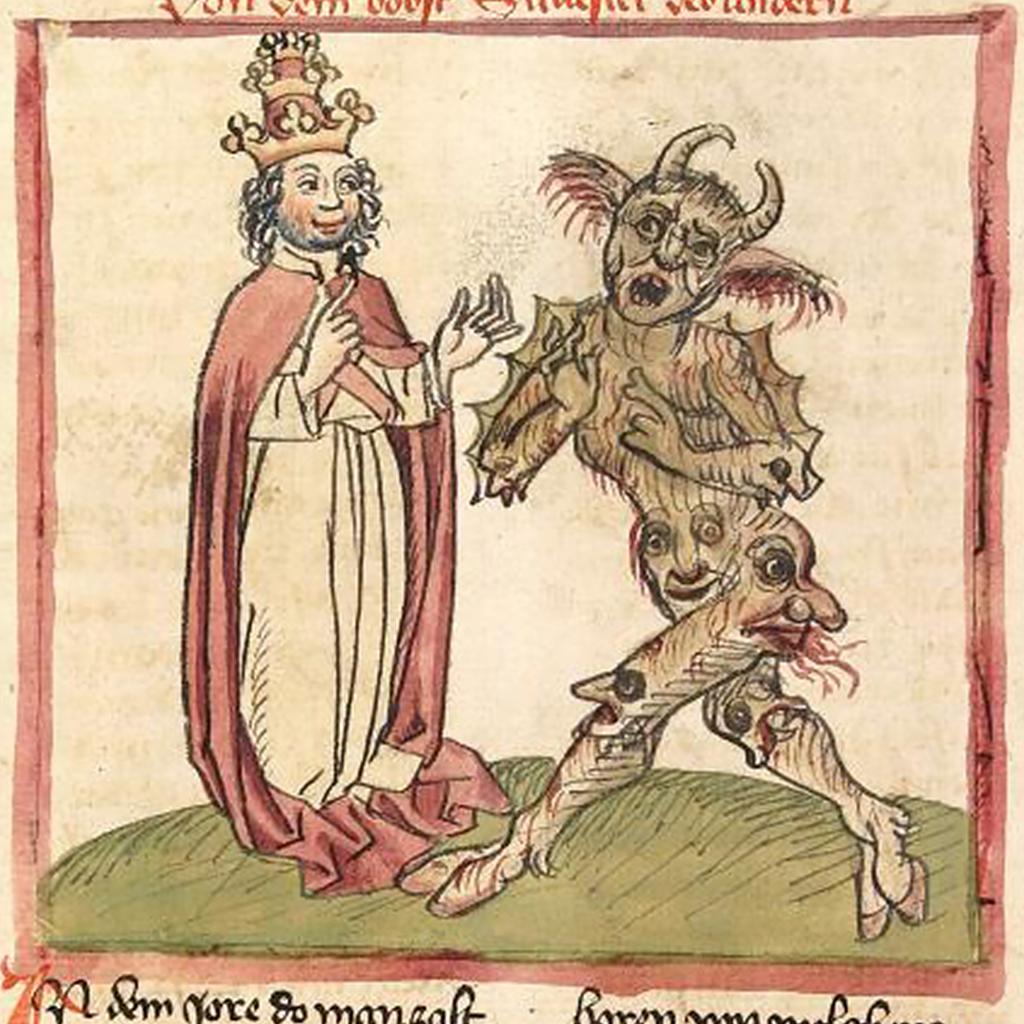



Recent Comments